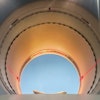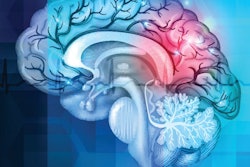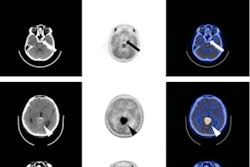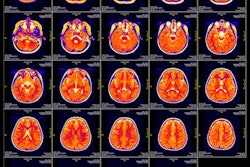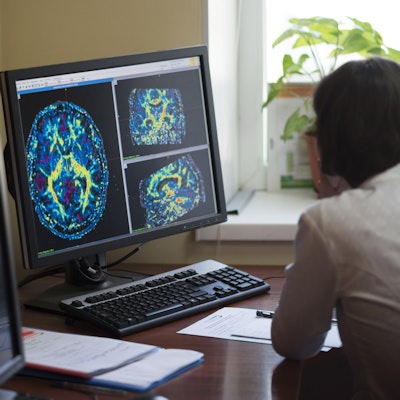
Using a dual-phase technique with F-18 FDG PET/CT -- that is, performing the exam at two time points after FDG administration -- improves the modality's lesion detection and diagnostic accuracy in malignant brain tumors, according to a study published August 25 in the American Journal of Roentgenology.
The findings suggest an additional way to diagnose and follow-up primary and metastatic brain tumors when MRI results aren't clear, wrote a team led by Dr. Can Özütemiz of the University of Minnesota in Minneapolis. MRI is typically used first for imaging brain tumors.
"PET/CT can be a helpful ancillary tool, particularly for cases in which MRI delivers indeterminate results," the group wrote.
Although MRI is the first-line modality for brain tumor imaging, it has limitations when it comes to differentiating recurrent tumors from treatment-related inflammation, Özütemiz and colleagues noted. F-18 FDG PET/CT can be a helpful additional tool, but it also has a limitation: Brain images can be muddied by background parenchymal glucose activity, according to the authors. That's why using a dual-phase F-18 FDG PET/CT technique helps.
"Normal brain parenchymal FDG activity slightly decreases [over time], whereas FDG activity in intracranial tumors remains relatively stable or increases," the team wrote. "This has led to the development of dual-phase FDG PET/CT imaging in primary and metastatic brain tumors with improved diagnostic accuracy compared with traditional single-phase imaging."
Özütemiz and colleagues sought to investigate the diagnostic capability of F-18 FDG PET/CT for brain tumor imaging via a study that evaluated 51 malignant brain tumors in 32 patients. Patients fasted for six hours, then underwent PET/CT exams 30 minutes (time 1) and three hours (time 2) after administration of the F-18 FDG. Two radiologists read the exams.
Using the weighted Cohen kappa (κ) statistical measure, the authors found that diagnostic accuracy improved with dual-phase imaging. They also found that interrater reliability improved, increasing from κ = 0.51 at time one to κ = 0.83 at time two.
| Reader performance for single- and dual-phase PET/CT | ||
| Reader | Diagnostic accuracy, single phase (time 1) | Diagnostic accuracy, dual phase (time 2) |
| First | κ = 0.45 | κ = 0.59 |
| Second | κ = 0.41 | κ = 0.66 |
With the exception of sensitivity and positive predictive value, dual-phase F-18 PET/CT also improved the modality's performance across a variety of measures.
| Performance of FDG PET/CT for brain tumors, single- and dual-phase | ||
| Measure | Single-phase | Dual-phase |
| Accuracy | 88.2% | 90.2% |
| Sensitivity | 89.2% | 97.3% |
| Specificity | 85.7% | 71.4% |
| Positive predictive value | 94.3% | 90% |
| Negative predictive value | 75% | 90.9% |
Dual-phase imaging is an effective way to improve FDG PET/CT's performance in brain imaging, and it is not "overly inconvenient to patients and did not pose scheduling difficulties within the department," Özütemiz and colleagues wrote.
"Our data indicate that dual-phase FDG PET/CT provides increased lesion detection and diagnostic accuracy for patients with primary and secondary brain cancer," they concluded. "The delayed phase significantly contributes to a decrease in indeterminate results."



